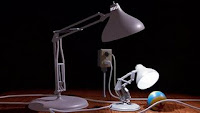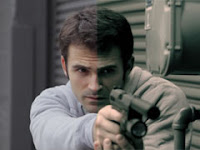 Via Motionographer is a nicely illustrated video interview from etapes with data visualization designer Aaron Koblin, mentioned on AEP here previously. The video is worth going to etapes, the only place you can only see it for now.
Via Motionographer is a nicely illustrated video interview from etapes with data visualization designer Aaron Koblin, mentioned on AEP here previously. The video is worth going to etapes, the only place you can only see it for now.
Whiles many of us love visualizations, sometimes we forget that a model is not reality. If "do no evil" fails in practice, someday someone may write a documentary called How to Lie with Video Statistics, or maybe Lies, Damn Lies and Data Visualization. As a temporary counter weight to cynics armed with reams of biased analysis, here's Peter Donnelly on How juries are fooled by statistics from TED:
Update: of course someone else already alluded to the famous book How to Lie with Statistics -- see How NOT to lie with visualization by Rogowitz, Treinish, and Bryson from Computers in Physics (1996). Plus, there's How To Lie With Charts by Gerald E. Jones -- and Lies, damned lies and statistics (about TEDTalks).
.




































